Storyboarding Films with our Free Template
The Basics of Storyboarding
Blauw Films

Storyboards are an art form. And they function as a great way to illustrate the director's vision of a script.
A storyboard bridges the gap between what's in your mind and what's in someone else's mind. And when working with multiple collaborators, it's important to avoid confusion.
The Importance of Storyboards
Storyboards are an incredible resource to define your budget, schedule, production plans and vision.
Do you want to achieve an ambitious and singular vision? Then a storyboard will you save you a tremendous amount of headaches for the future of your film-production.
Below are examples from the storyboards for Syntactic Labyrinths. As you can see they are slightly more designed than the average storyboard, however this was very useful for us to clearly communicate to the design team what the film would look and feel like.


Sketch out your Ideas
Like starting a painting or an animation, the first drawing of the storyboard can be stressful. My approach has always been to just start scribbling. The first version of the Syntactic Labyrinths storyboard was borderline incomprehensible.
And that's ok!
It's important to get rough thumbnails down on the paper that allow you to see your ideas in action.
Looking at storyboards in sequence makes our brain start cutting the imagery together. You'll start feeling the flow of your scenes.



Some people like working with Post-It notes and quick thumbnail sketches. The benefit to this approach is that you can quickly reorganize the structure of your scene.
Personally however I start with drawing in a Sakura sketchbook. This has been my personal approach to note-keeping and drawing for years now, so it also doesn't get in the way of the creative process.
If reorganizing the order of the boards is important me and Charlotte work on paper cards that I manually cut out from larger sheets of paper.
Style Decisions
Are you making a live-action film? Then a realistic style is often more desirable.
Are you making an animated film? Then most directors will be much more flexible with the storyboarding style.
What's important for any pre-visualization of a film is using your storyboards to define the elements that are left unclear in your script.

Designing in advance
Use storyboarding as an economical way to start defining the look of your assets, set designs, and other elements. This additional effort during the storyboard phase helps communicate your vision clearly to the rest of your team.
By investing time in this stage, you can ensure that everyone involved in the production understands the desired aesthetic and functional aspects of the scenes.




Define the Action
Another important aspect of your storyboard is defining whether a shot is still, moving, a close-up or a wide-shot, etc. Through the storyboard you can quickly feel out the flow of your sequence. This is an important moment to define what is happening within that shot.
A few years ago we made the first short film at Blauw Films, aptly named Short Film by Blauw Films. During the creative process with Erick Alcaraz we decided on the cinematography mostly through storyboards.
To easily make these decisions and storyboard in any aspect ratio we required, we developed our Storyboard Template.



Conclusion
By focusing on these core tips, you can create compelling storyboards that not only guide your production but also enhance your storytelling. Incorporate these principles to streamline your workflow and ensure that your vision is effectively communicated to your team.

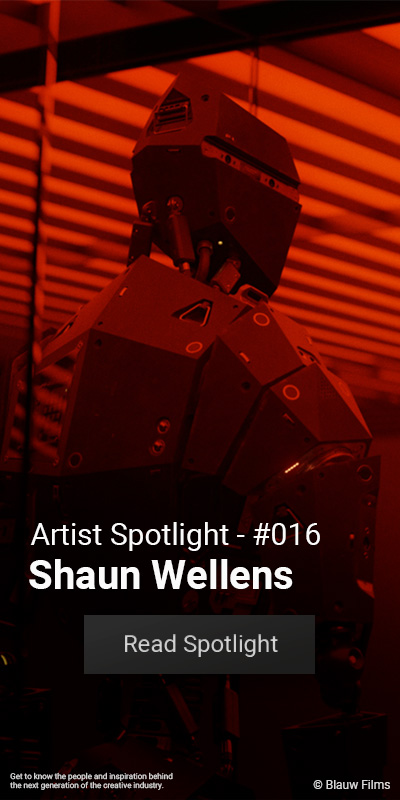



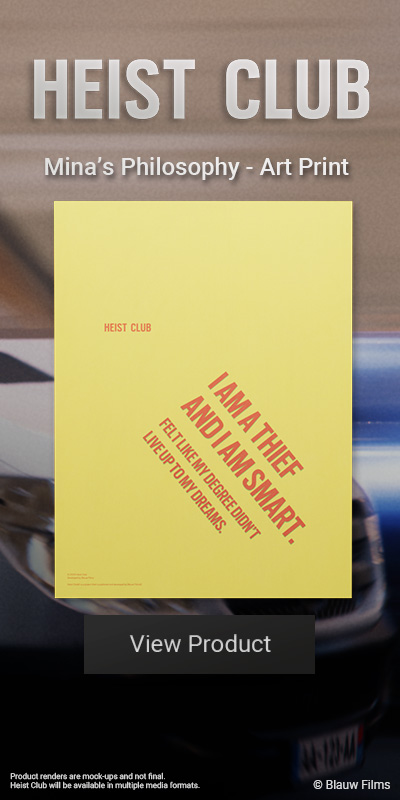










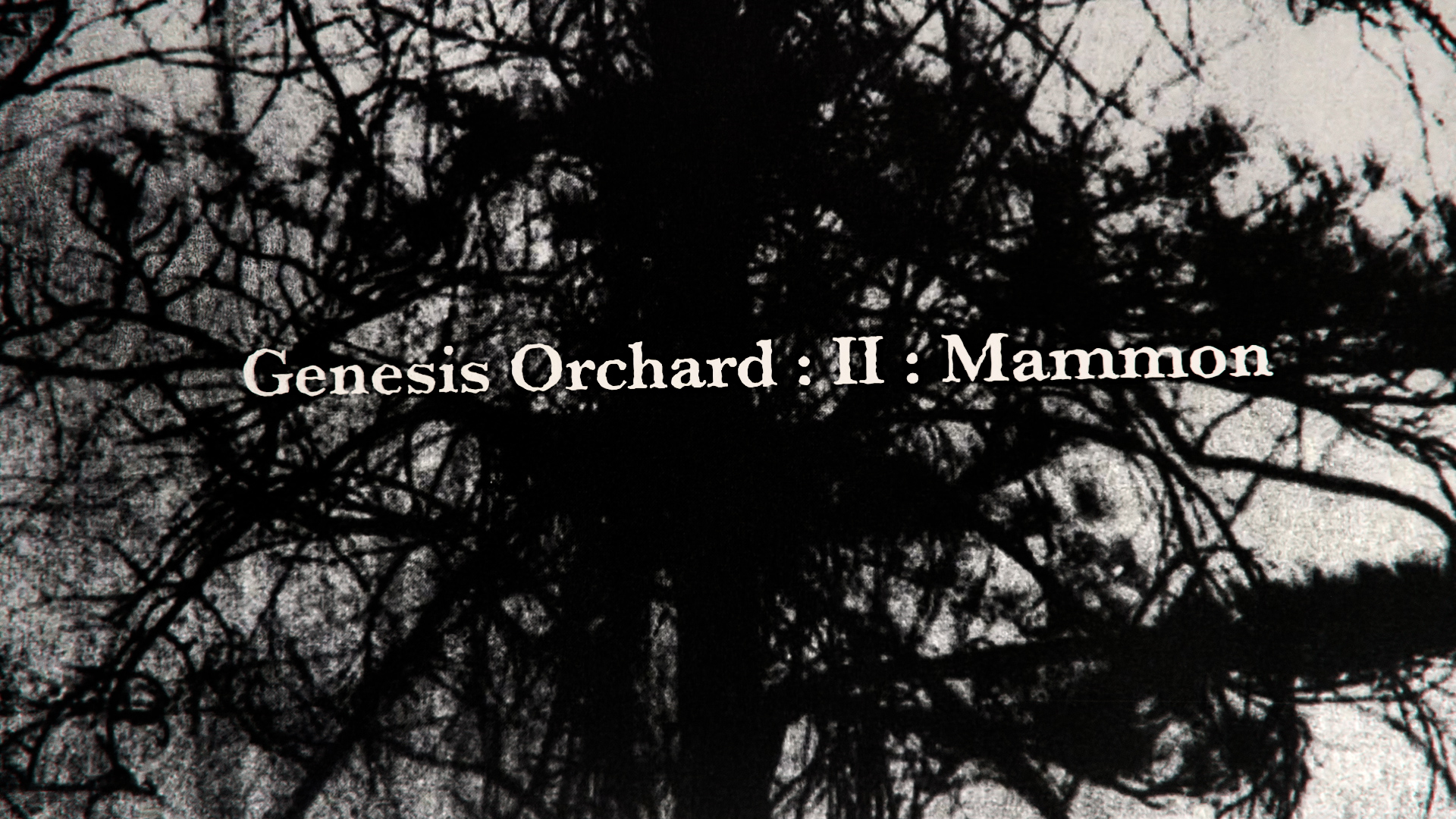

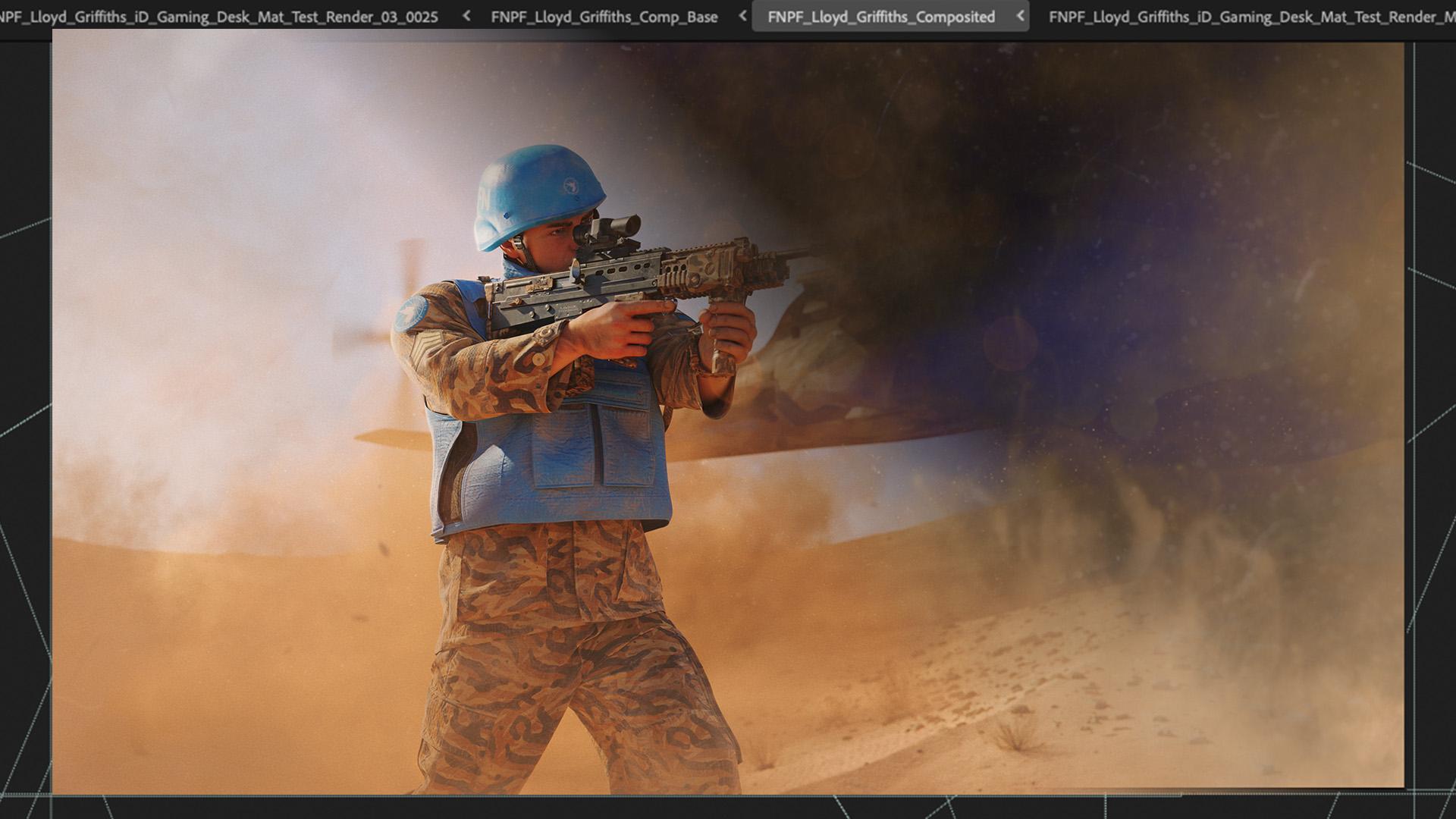
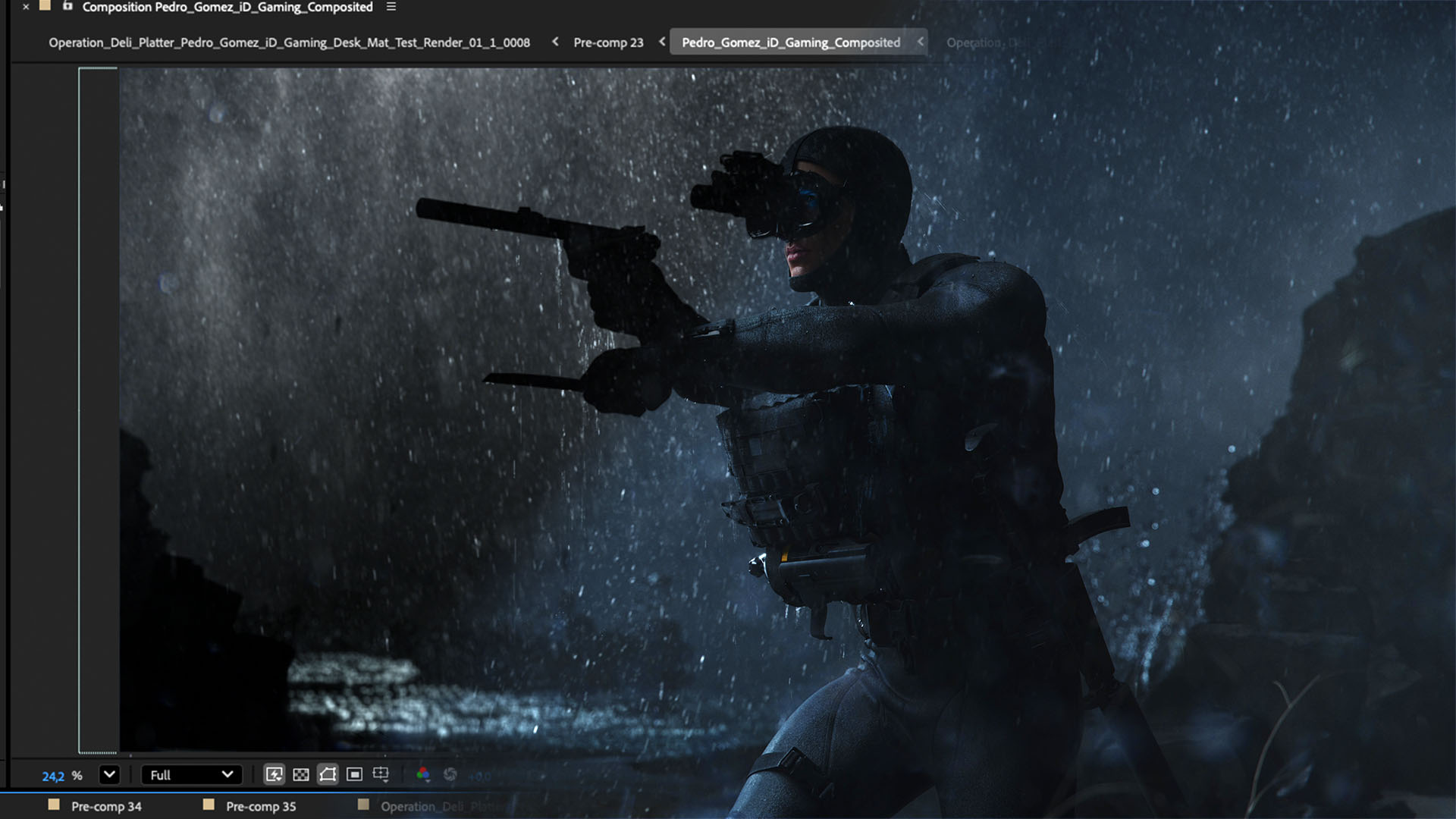


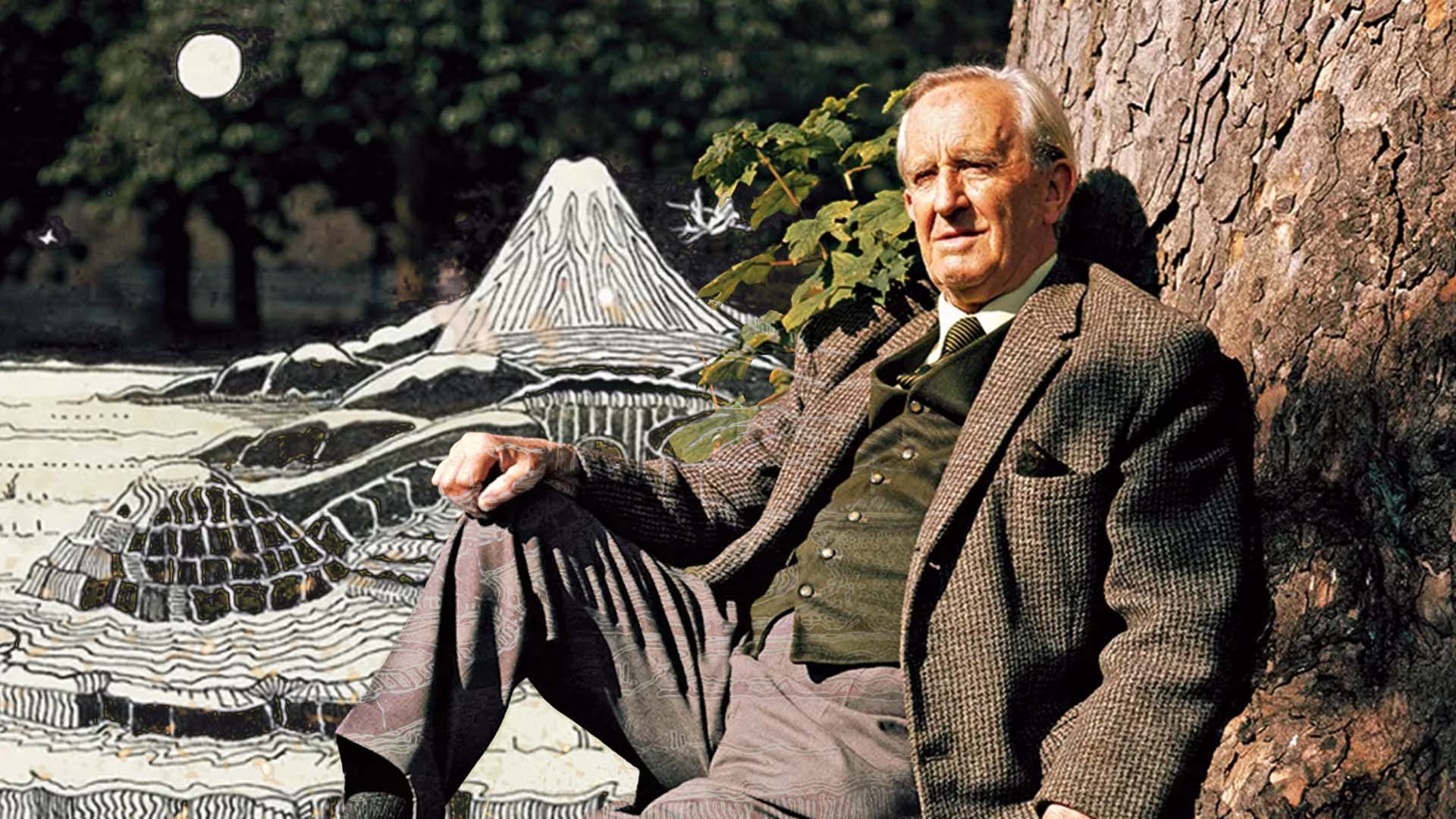







%20by%20Ivan%20Aivazovsky.jpg)






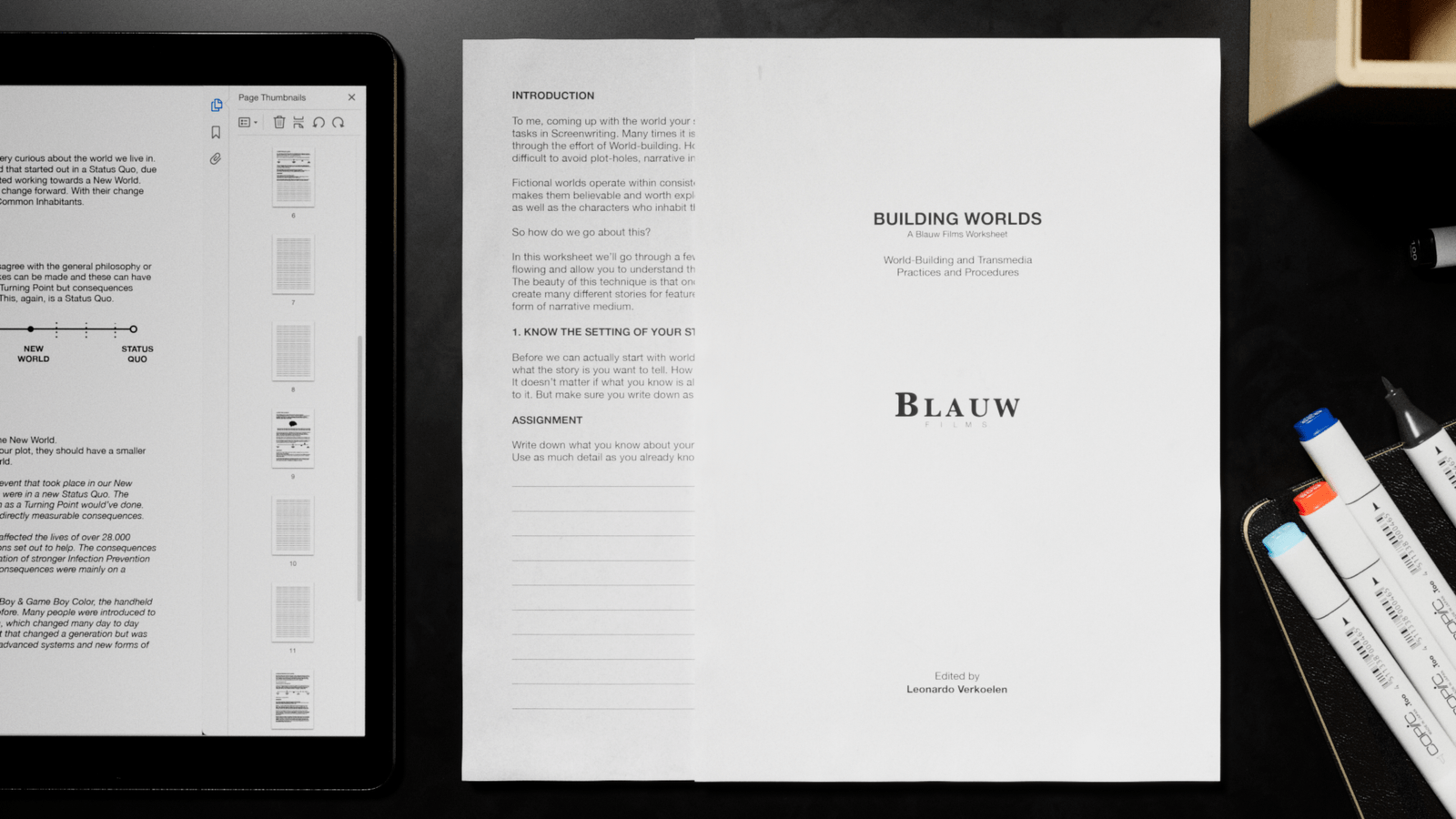










































































0 Comments